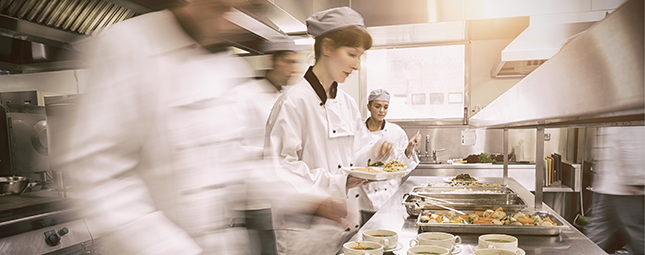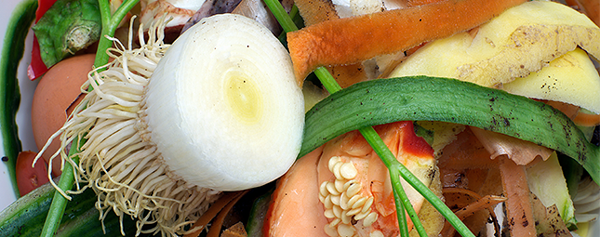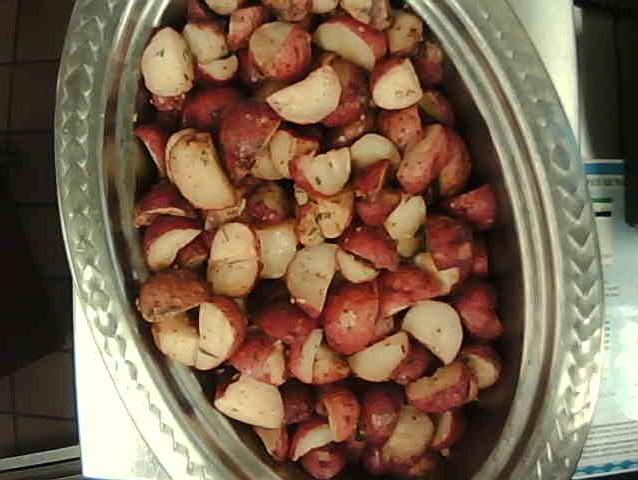Food Waste Intelligence

When food is delivered to a kitchen’s backdoor, it has one cost: the food cost. Once it enters the kitchen, it starts getting saddled with labor costs. Unloading, storing, prepping, cooking, plating, serving, disposing. It’s a basic model that every chef and manager understands, but it’s important to keep it in mind when we talk about the impact food waste prevention has on labor.
Read More >>Topics:
Food Waste MusingsFood Matters Live caught up with Leanpath’s own Tom Mansel after we were awarded the group’s Sustainability Initiative of the Year Award.
Read More >>
In my years coaching chefs on how to prevent food waste, again and again I see three food items being wasted when they should have been repurposed. A lot of chefs just aren’t sure what to do with them. The big three are vegetable trim (broccoli stems, cauliflower cores, carrot peels, onions skins, etc.), fruits (whole and trim), and starches (rice, beans, potatoes, grains). It’s probably not a coincidence that none of these are high-priced proteins, which can sometimes be the only focus of a kitchen’s food waste prevention effort. To ...
Read More >>Topics:
Food Waste Musings
This is a recurring feature where Leanpath Executive Chef Robb White examines real food waste images from Leanpath 360s and shares insights based on what he sees.
Read More >>